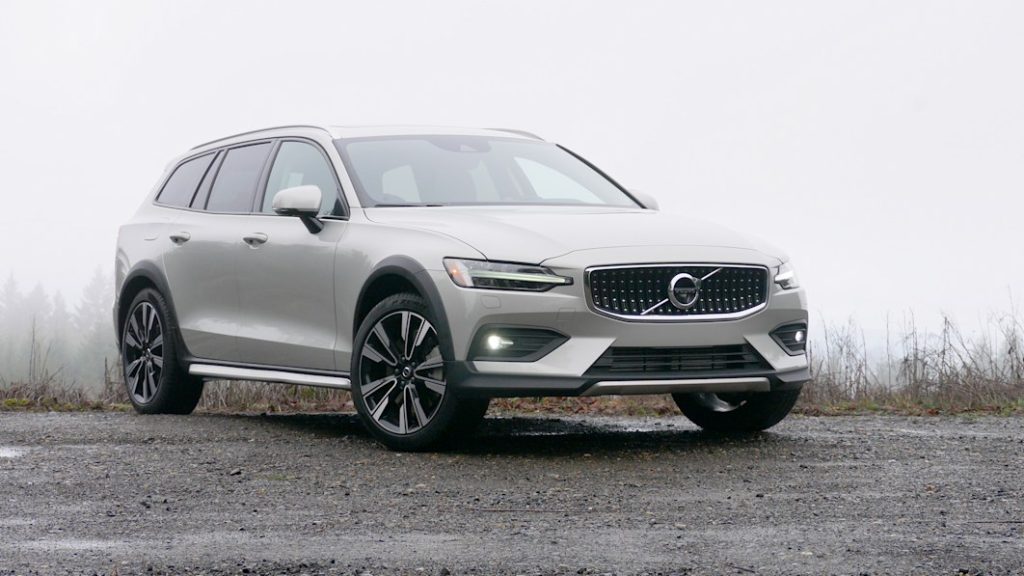What is a car lease excess wear charge?

This is part of our Car Buyer’s Glossary series breaking down all the terms you need to know if you’re buying a new or used car from a dealership.
Nobody wants to get hit with an excess wear charge when returning a leased vehicle, but it’s something that’s likely to happen if your car has damage or other problems by the end of the lease term.
So, what is the excess wear charge?
It’s a charge the lessee has to pay to refurbish the car for any damage that goes beyond normal use. This means you’re allowed some wear and tear to be showing on the vehicle, but not any more than a manufacturer deems is OK.
How is the charge determined?
Sometime within the final three months of ownership, there will be a lease inspection for your car at your home or workplace. The inspection is done by an independent company most of the time, not the manufacturer.
They’re looking for a variety of things, but mainly any kind of damage to the exterior or interior of the car. Dents, dings and scrapes are all scrutinized to determine the costliness of repair. Curb rash, dented wheels, cracked or pitted windshields, and a torn or stained interior might increase your charges, too.
One thing many people overlook are the tires. In some situations, by the end of a typical 36-month lease, the tires might be worn past what is considered normal to the lease inspector – particularly if the tires were misaligned and wore unevenly. The lease inspection normally includes a tire section, and if the tires have excessive wear, you’re going to be charged for it.
Not every little scratch will be considered an excess wear item. The inspector will measure the depth and length of any damage to determine if it’s worth charging for or not. Toyota has a guide about what is considered excess wear that can give you a rough sense of what that company considers when inspecting your vehicle. Check it out here. Other companies may offer similar guidance, so do an online search to determine if your vehicle’s manufacturer has a similar reference.
What can I do to avoid this fee?
Be nice to your car. Knowing from the very start that at the end of a lease, an inspector will be poring over it and looking for damage should give you the incentive to be extra careful. And if something happens, getting it fixed up front (particularly if your insurance will cover it) might save you later on.
If the inspection results in you having to pay a hefty fee, there is still have a chance to reduce this by requesting a second inspection be done. In between the two inspections, have the problem areas taken care of by a repair shop. There’s no guarantee the inspector will find all of your fixes to be satisfactory, but you might be able to lessen the blow. You just need to schedule the second inspection before the lease is up in this case.
If your tires are tired, buying new ones that you choose may be cheaper than getting charged a premium for whatever they decide to put on. And keep all of your documentation, books, spare keys, and remotes that came with the car when you bought it — the dealer is probably going to ask for it all back when you hand them the keys.
There are other more drastic ways to avoid the excess wear charge too. Dealers might wave the fee if you continue to do business with them as an incentive. This could happen if you lease another car, extend the lease on your current car or just buy the vehicle outright. The best thing you can do to avoid this fee is to take care of the car though. It’s easy to give a leased car less attention because it isn’t technically yours, but the money you’ll save at the end will be well worth the due diligence.





